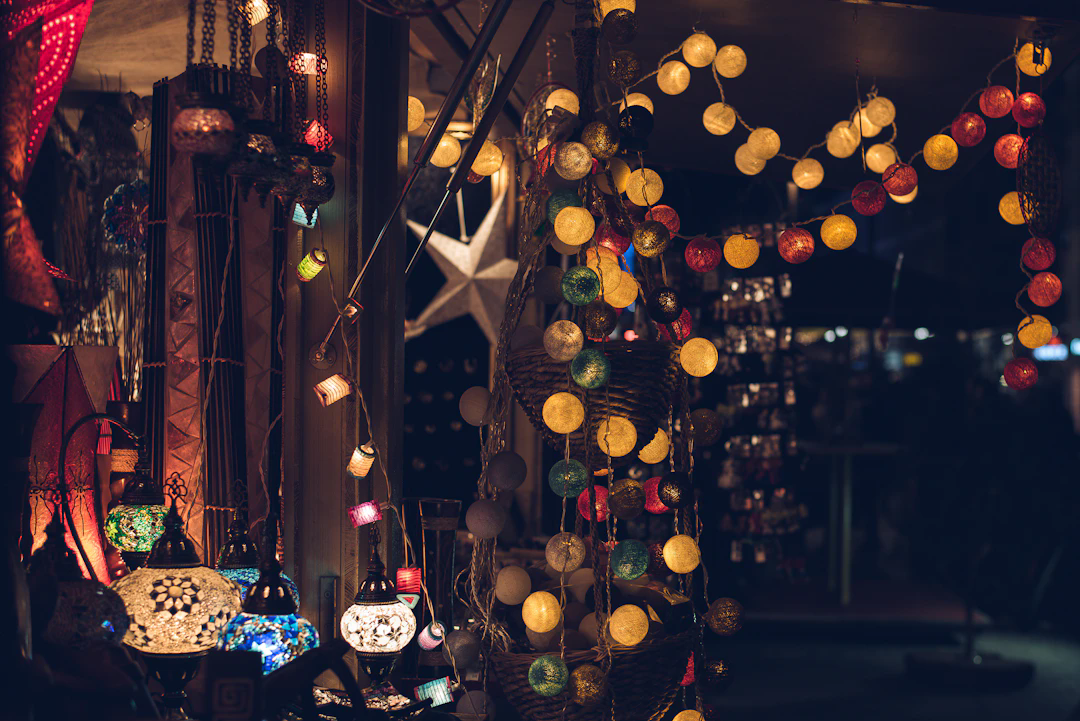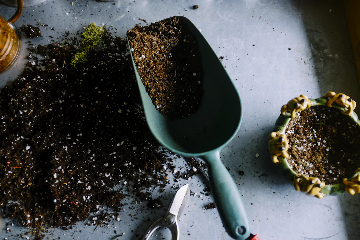Fairy Homes—No Green Thumb Needed
Every spring, as Seattle shrugs off the late chills and dreams of blossoms, I find myself searching for new ways to bring symbolism and joy indoors. Fairy gardens have surged in popularity, and for good reason: they blend imagination with craft and invite even the youngest hands to contribute to home decor in delightful, non-traditional ways. But what about families who want the magic without the dirt or the maintenance?
This is where the DIY fairy guest house steps in. Think of it as a whimsical little oasis—a home for fairies, crafted from a repurposed lantern and as simple or intricate as you’d like. No watering, no pruning, just pure creative play. You can claim a cozy corner of your daughter’s room or an unused shelf, then transform it into something out of a storybook by removing the lantern glass and letting tiny furniture claim their stage.
The process is breezy. Assemble soft preserved moss underfoot, let miniature benches and birdbaths set the scene, and use faux grass to bring an overgrown look. What I love most about these guest houses is that every one is unique—just like our families and our homes. Let kids have a say, even if their bench is a bit oversized; the imagination that results is the real reward.
And don’t worry about the glue gun drama—a quick fix with hot glue holds everything in place for display, though heavy-duty adhesives work better for hands-on play. The aim is to spark curiosity and springtime anticipation, no matter what it looks like outside.
Easy Steps for Playful Creation
Ready to make your own fairy guest house? Here are a few quick steps that’ll have you channeling a bit of fairy magic in no time:
- Start with a decorative lantern. Remove glass panels for safety and easy access.
- Create a base with floral foam (trim to fit) and glue it down.
- Cover the base with preserved moss for softness and color.
- Arrange faux grass inside and trailing out for a wild, lived-in effect.
- Add miniature furniture or accessories: benches, stones, birdbaths—all welcome.
- Personalize with your child—no two guest houses are the same, and that’s part of the magic!
Kids love seeing their handiwork become home for imaginary visitors; I’ve found a fairy guest house beats closet monsters any night of the week. And speaking of Seattle, these projects are perfect for rainy afternoons indoors when the garden is soggy but everyone’s itching for spring.
Springtime Inspiration: Decor Beyond Fairy Doors
Pair your guest house with other spring DIY decor: painted rocks, seed packet banners, or even upcycled garden planters. A pop of color from a few peony cuttings or a set of playful cushions will round out your project. Simplicity often trumps clutter—a well-placed accent invites the eye to rest and appreciate the care you’ve put in.
Below is a quick comparison table to inspire your next miniature project:
| Fairy Guest House | Traditional Fairy Garden |
|---|---|
| No live plants, zero watering | Includes live plants, needs care |
| Perfect for indoors | Typically outdoors or windowsill |
| Kid-safe, less mess | Soil and water may be involved |
| Customizable, reusable | Changes with plant growth |
Seattle Twist: Bringing Joy Home
Living in the Pacific Northwest, I’m keenly aware of the power of play and personalized space, especially when gray clouds linger. The fairy guest house brings a pop of color, a whisper of hope, and a chance for kids (or adults!) to co-create a world where every season is full of possibility. Even the smallest projects can make home feel brighter, more comforting, and uniquely yours.
The next time you’re wandering a garden decor aisle or passing by a thrift shop, keep an eye out for a lantern ready for a new story. The magic isn’t just in building—it’s in making memories and welcoming spring, no matter the weather outside.
References:
[1] Happy Hour Projects: DIY Fairy Garden Guest House
[2] Happy Haute Home: Spring Porch Decor Ideas
[3] Happy Garden Projects: Fairy Homes and Happy Gardens
Read More

Camila Ward
Author
Raised in a bustling suburb of Atlanta, Camila Ward grew up fascinated by machinery and how things work. She attended Georgia Tech and became a mechanical engineer, quickly making a name for herself through innovative eco-friendly design projects.
After a decade in R&D for a major tech firm, Camila took a leap and opened her own consultancy. She now specializes in sustainable solutions for urban environments, balancing her technical expertise with a commitment to social responsibility.


